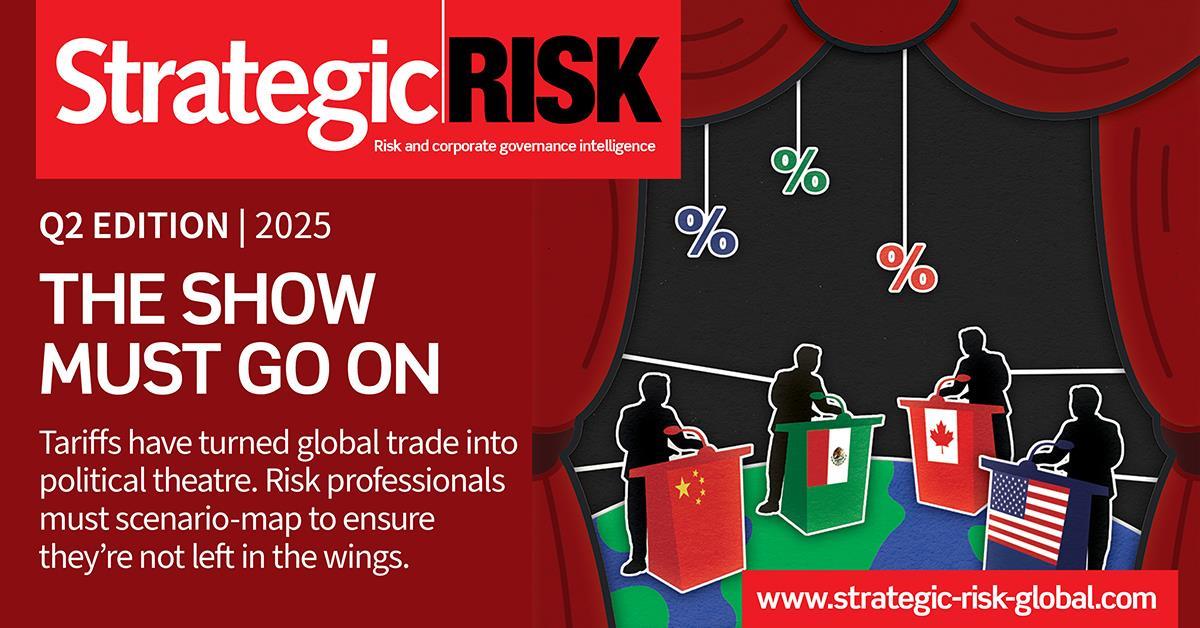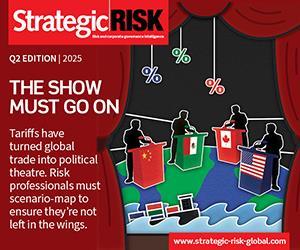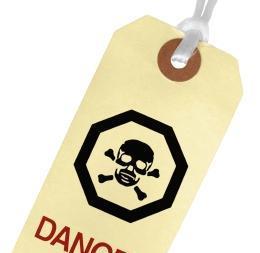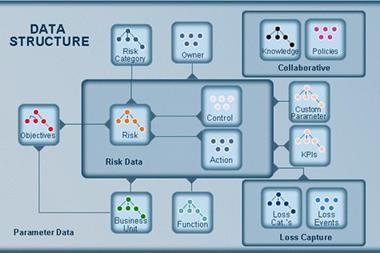What does subprime say about banks’ risk management?
‘I wasted time, and now doth time waste me.’ What better quotation could there be for Europe’s stricken financial services sector? During the good times, banks and mortgage lenders pursued market share to the exclusion of all else…singing among the groves of consumers eager to lap up credit. But now winter has set in and the grasshoppers have nowhere to go. La Fontaine’s ant has the final word: ‘—Vous chantiez ? j’en suis fort aise. Eh bien! dansez maintenant.’
Take the case of Bradford and Bingley. In 1964, this was a British building society, formed from a merger between two smaller societies. In July 2000, B&B’s members voted to convert to a plc, it was launched on the London Stock exchange that December. Bradford and Bingley had become a bank. The share price on conversion was 247p. On August 14th, 2008, it was a mere 55p, following a sequence of events which, at best, could be termed ‘unfortunate’, including a repriced rights issue and a walk-away by potential investors. The bank’s strategy of becoming a specialist in niche mortgage products appeared to have come horribly unstuck.
Yet – and this is the point – the bank’s risk management structures would seem to have complied with accepted best practice in every respect.
A look at the 2007 Annual Report shows the existence of audit committee, executive committee, group risk committee, asset and liability management committee, credit risk committee and balance sheet management committee – all of them responsible for one or more aspects of risk management. And here, perhaps, lies the rub.
Interlocking committees may work when times are normal, but in a fast-moving market, despite B&B’s BSMC and ALCO coming together daily in Autumn 2007, they seem to be too ponderous an instrument to push for rapid and extreme action. B&B were not alone. March 2008, in particular seems to have come as an unpleasant surprise to the banking sector. The Chairman of RBS, Sir Tom McKillop said that the month, ‘took on a very different shape with further, severe deterioration in credit markets and a worsening outlook for the wider economy’ while HBOS said: ‘Trading conditions in the first quarter of the year have been challenging against the backdrop of global financial market dislocation’. In both cases, previous updates had been cautiously optimistic.
The question for all companies operating in risky trading environments therefore has to be whether the traditional risk committee structure is capable of adjusting to crisis conditions fast enough; whether data on which to base decisions are sufficiently up-to-date, whether risk communication is good enough, and above all, whether there is anyone at board level capable of acting quickly to avoid the trashing of shareholder value which follows strategic failure.
Where it all Went Wrong …
“The perception of the risk manager as spoilsport is all too common.
The Economist of 7 August carried a piece called ‘Confessions of a risk manager’ in which a risk practitioner from the financial sector laid bare the process by which his organisation had accumulated the liabilities which turned out, when the sub-prime crisis bit, to be toxic, if not venomous. Among his observations, one stands out as being of concern to every risk manager: that in the heady days of roaring markets, the traders saw themselves making money for the bank and saw risk management as trying to stop them doing so.
‘If a risk manager said no, he was immediately on a collision course with the business line. The risk thinking therefore leaned towards giving the benefit of the doubt to the risk-takers.’
In other words, if the risk manager is wrong, he
jeopardises profit; if right he merely limits loss. This perception of the risk manager as naysayer, spoilsport, nanny, is all too common. It is itself a risk, as we are now seeing.
It is not as if the profession is unaware of this. The proposed solutions range from better communication of risk, to a CRO in every boardroom, to making everyone a risk manager by embedding ERM throughout. But the struggle to demonstrate value on the bottom line has yet to be convincingly won.
If there is one good thing that may come out of the credit crunch, it is that boardrooms may insist that risk management is in future given more respect.






























